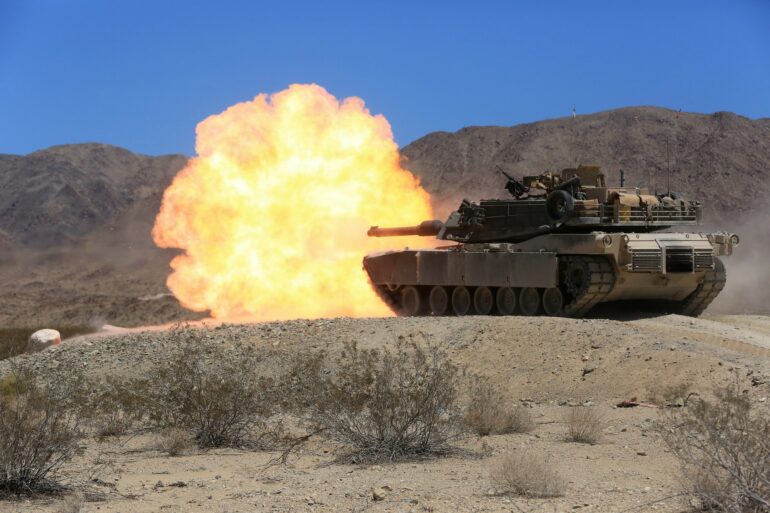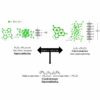The Biden administration has agreed to provide Ukraine with depleted uranium shells to equip M1A1 Abrams tanks that the U.S. is sending there. Britain has already delivered tanks to Ukraine equipped with depleted-uranium shells.
DU munitions, developed in the 1970s, are not nuclear weapons and do not produce a nuclear explosion. But soldiers or civilians can be exposed to the uranium, either in combat or afterward. Health physicist Kathryn Higley explains what depleted uranium is and what’s known about potential health and environmental risks.
What is depleted uranium?
Uranium, symbolized by the letter U, is a naturally occurring element that is radioactive. Natural uranium is composed primarily of three isotopes: U-234, U-235 and U-238.
These isotopes are all uranium and have the same chemical characteristics, but they have slightly different masses, as indicated by the numbers 234, 235 and 238. Depleted uranium is mainly U-238, with small amounts of other isotopes, including U-235.
The isotope U-235 is fissile, which means that it can be split in a reaction that releases a lot of energy. U-235 in fairly low concentrations is used as fuel in commercial nuclear reactors; in high concentrations, it can power nuclear weapons.
Engineers use a process called enrichment to extract U-235 from natural uranium ore. What’s left over after this process removes some of the U-235 is called depleted uranium.
All uranium is radioactive, and each isotope has its own unique half-life. U-238, the most abundant naturally occurring isotope, constitutes about 99.27% of all natural uranium. It takes approximately 4.5 billion years – roughly the life of the Earth – for half of a given quantity of uranium-238 to decay into other elements. U-235 has a half life of about 700 million years and represents about 0.72% of natural uranium.
Depleted uranium is about 40% less radioactive than natural uranium. All isotopes of uranium decay over time, emitting both radiation and energetic particles and transforming into different chemical elements. In this process, they produce specific isotopes of other radioactive elements such as thorium, protactinium and radium.
Depleted uranium tank shells are extremely hard and dense and can penetrate the walls of Russian tanks.
Why is depleted uranium used in munitions?
Depleted uranium can be manufactured into a very dense material – about 1.7 times more dense than lead. This gives it some desirable characteristics in munitions.
Because DU is a byproduct of the nuclear fuel cycle, plenty of it is readily available. Formed into a projectile, such as a bullet or shell, its high density helps the munition penetrate into a target. Advanced tanks use DU in their armor to protect against armor-piercing munitions.
DU’s density also gives the munition a higher momentum, which enables it to push through materials. Once the munition…



